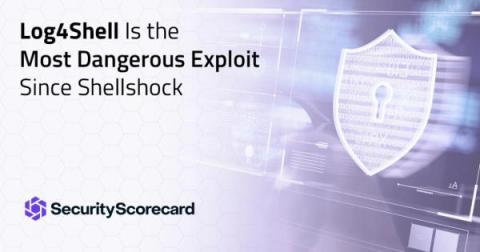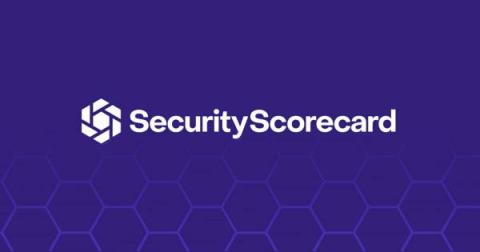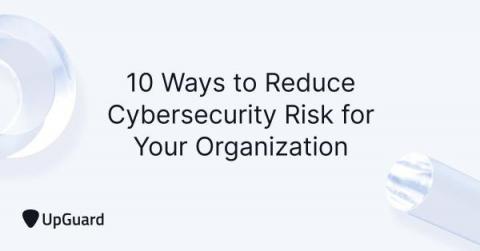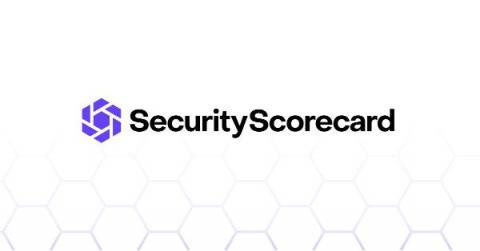Security | Threat Detection | Cyberattacks | DevSecOps | Compliance
Latest News
Log4Shell Is the Most Dangerous Exploit Since Shellshock
Earlier today, a serious flaw was discovered in the widely used Java logging library Apache Log4j. The vulnerability, ‘Log4Shell,’ was first identified by users of a popular Minecraft forum and was apparently disclosed to the Apache Foundation by Alibaba Cloud security researchers on Nov. 24, 2021. The vulnerability has the potential to allow unauthenticated remote code execution (RCE) on nearly any machine using Log4j.
The Cybersecurity Playbook You Need to Run To Mitigate Risk During M&A
Mergers and acquisitions are high-risk endeavors, sometimes with billions of dollars and corporate reputations at stake. But one way to help lessen the danger is by conducting a thorough cybersecurity review during the due diligence process. The consulting and professional services team at Trustwave works closely with firms across the globe undertaking M&A deals of all sizes.
Trustwave Managed Vendor Risk Assessment (MVRA) Launches Globally
6 Common Hacking Techniques and How to Avoid Them
According to the recent Verizon Data Breach Investigations report, 45% of breaches featured hacking in 2020. With high-value information such as user credentials and credit card information being stored on personal devices and transmitted freely online, hacking techniques have evolved to become more sophisticated than ever before.
10 Ways to Reduce Cybersecurity Risk for Your Organization
Cybersecurity breaches have been on the rise, and it's expected that by 2023, they'll have grown to 15.4 million. While technological advancements have made it easy for organizations to upgrade their security measures, malicious hackers are now using sophisticated tools. This means that in addition to implementing strict cybersecurity policies, you also have to take proactive measures to reduce your cybersecurity risks.
Most Common Types of Network Security Attacks
Reactive vs. Proactive Cyber Security Measures
Why Key Risk Indicators Are Important for Risk Management
Implications for reporting significant cyber incidents under FISMA 2021
The U.S. Federal Government needs to improve its information security risk management policies to keep pace with the dynamic threats to Federal networks and supply chains.








